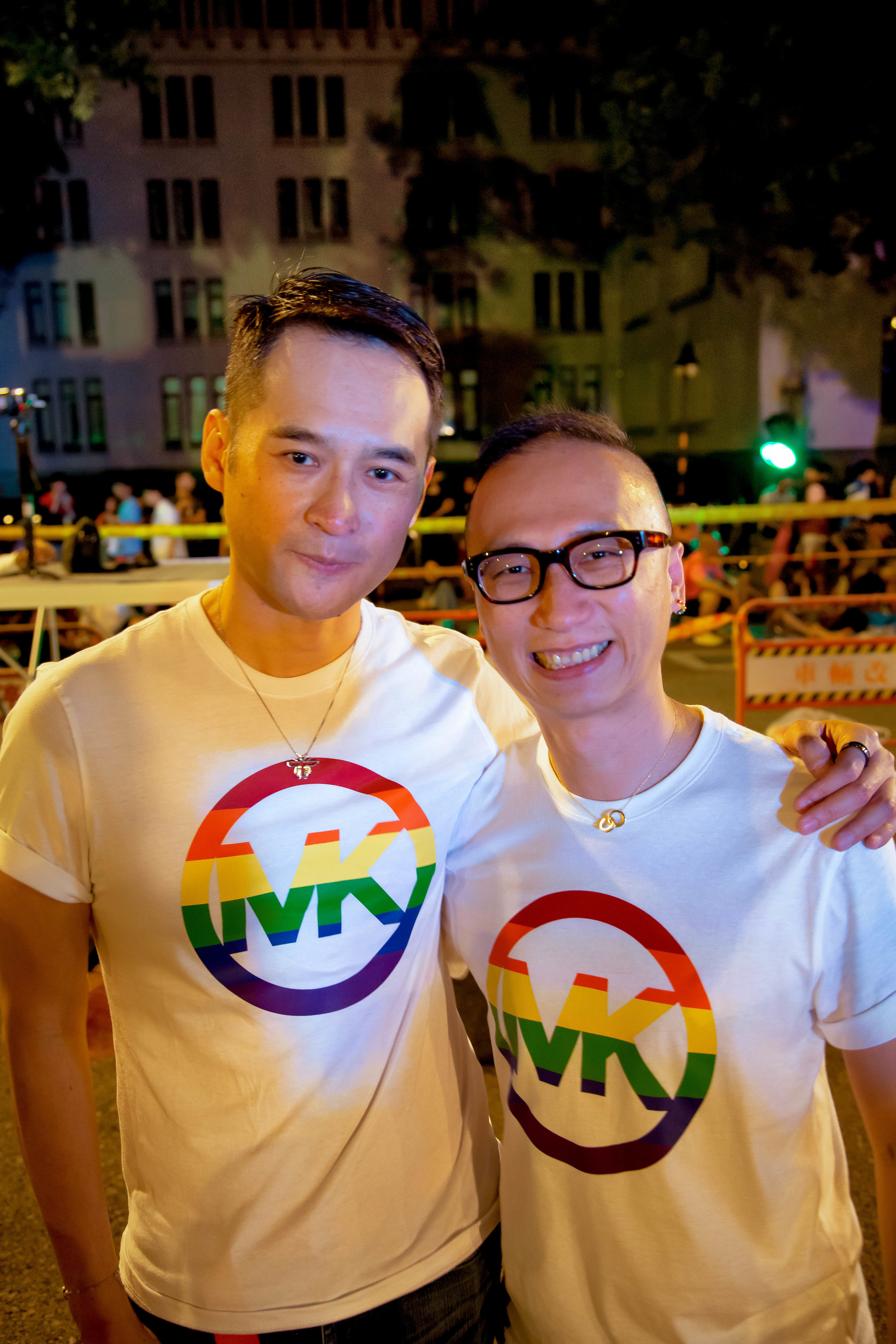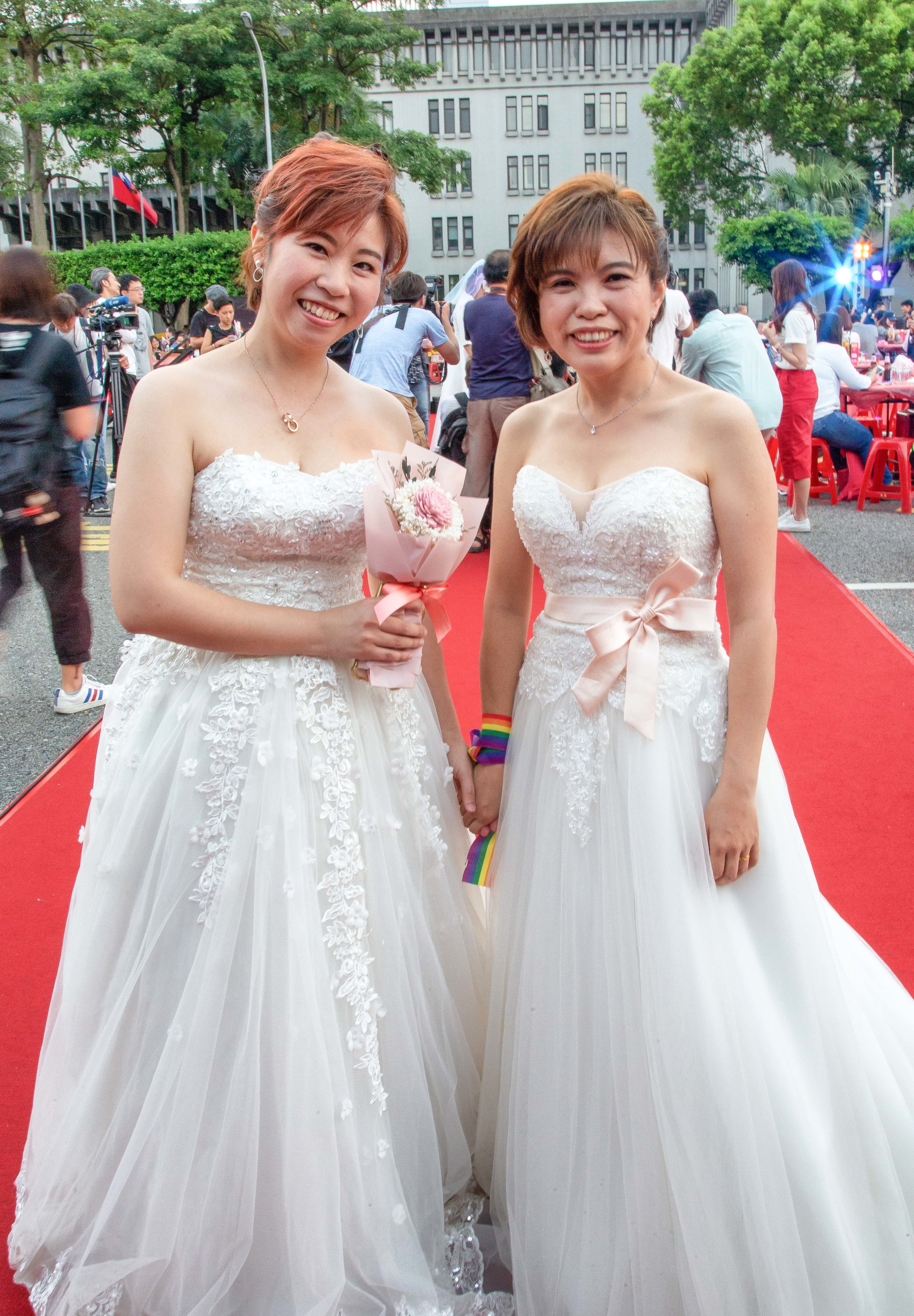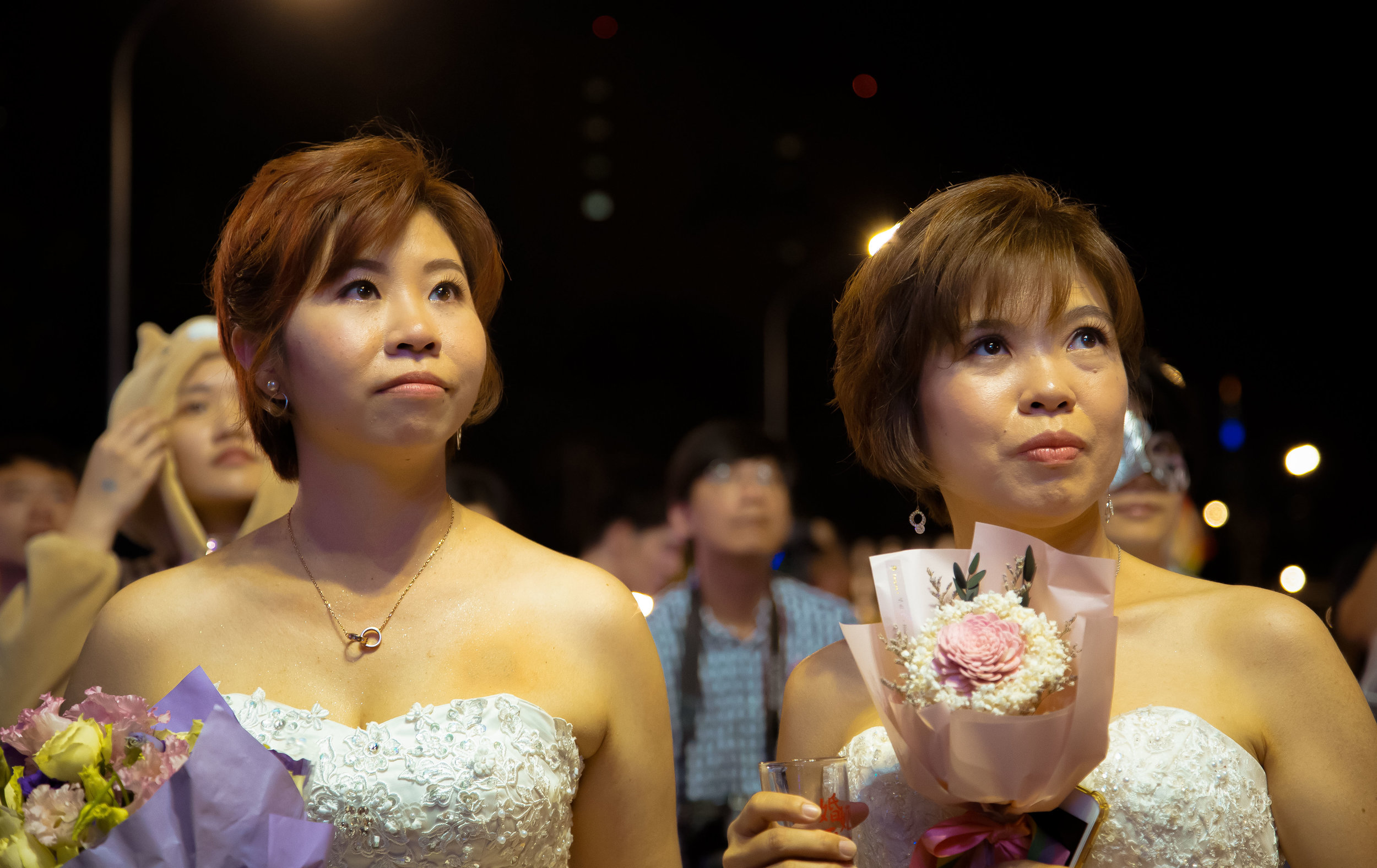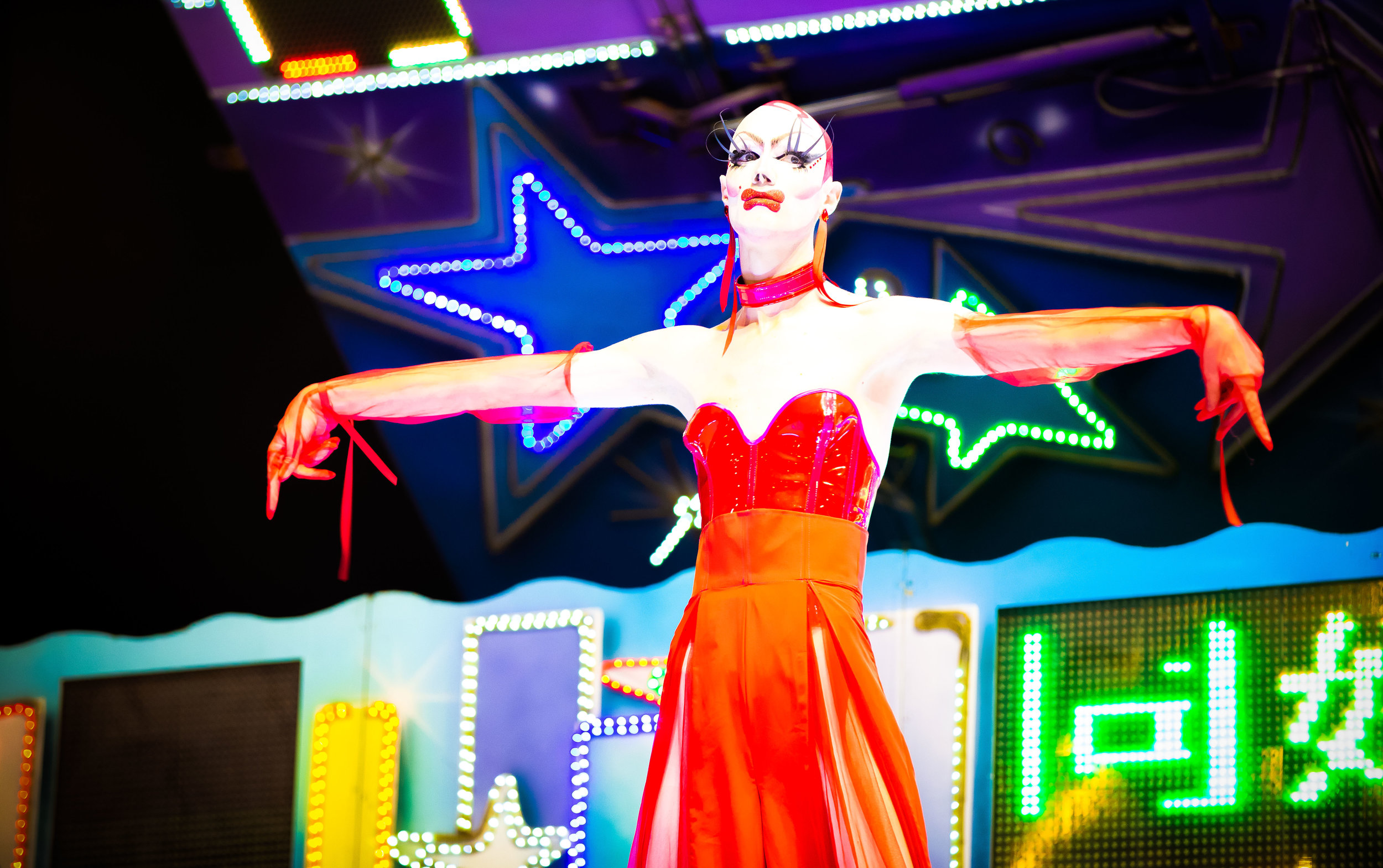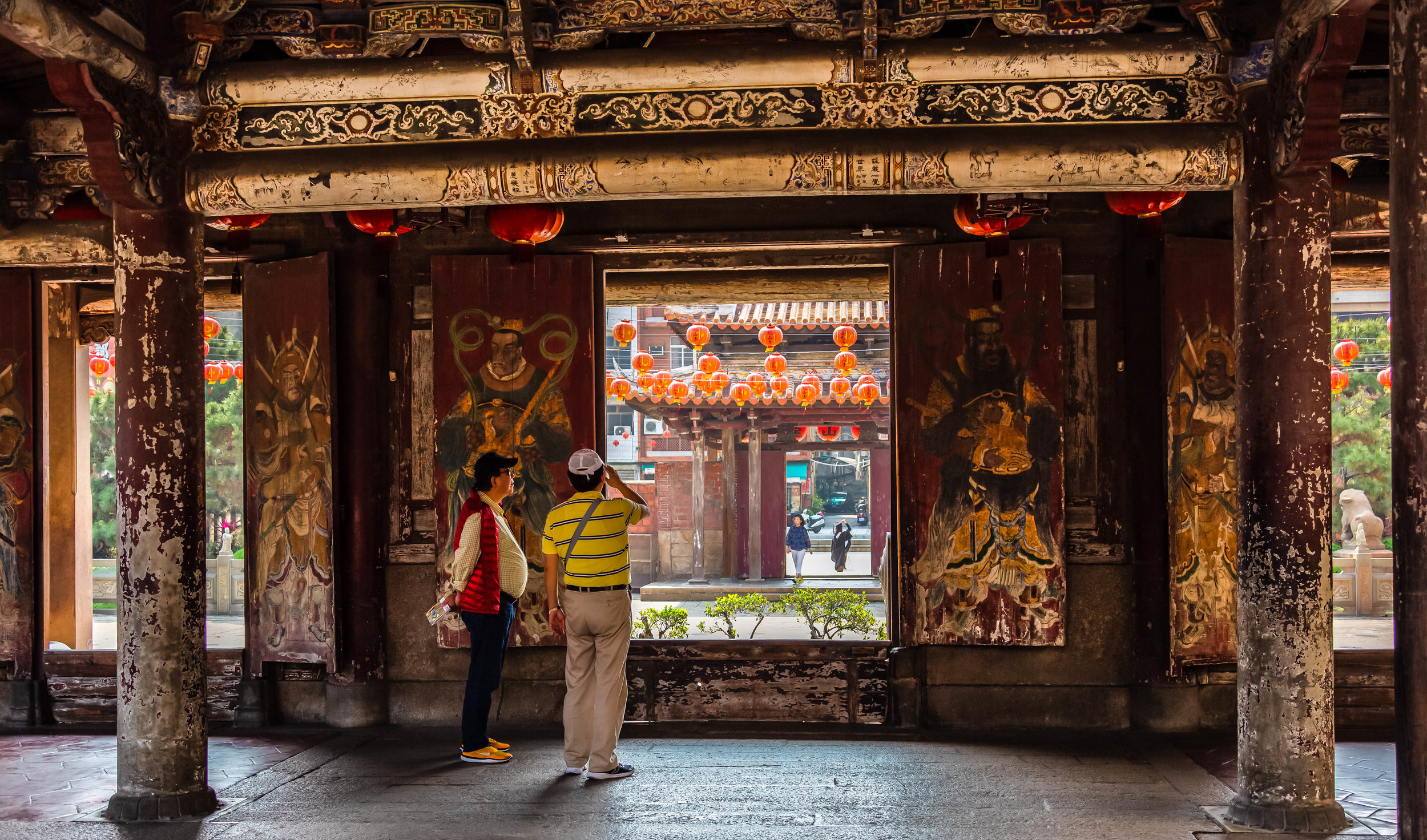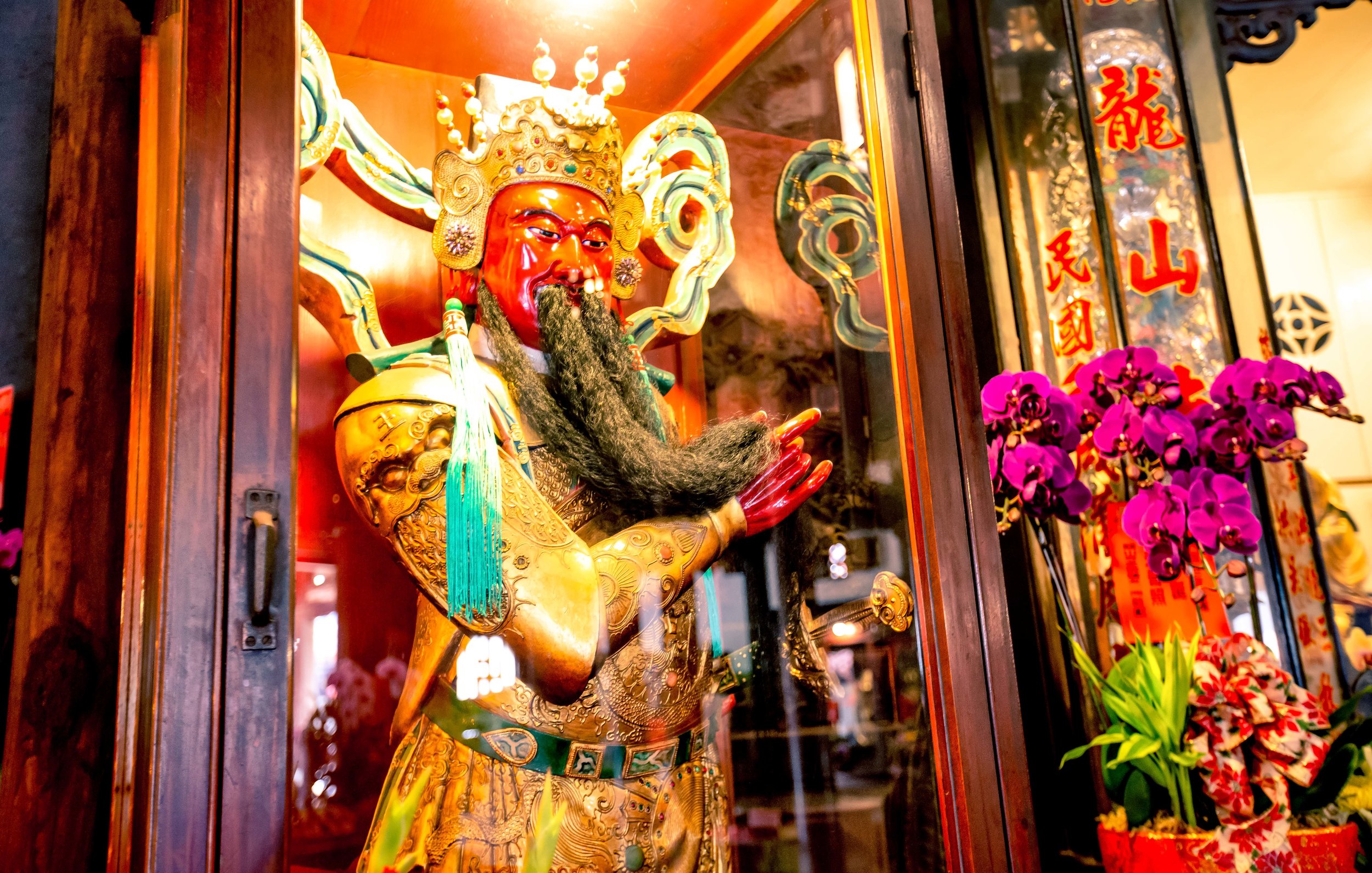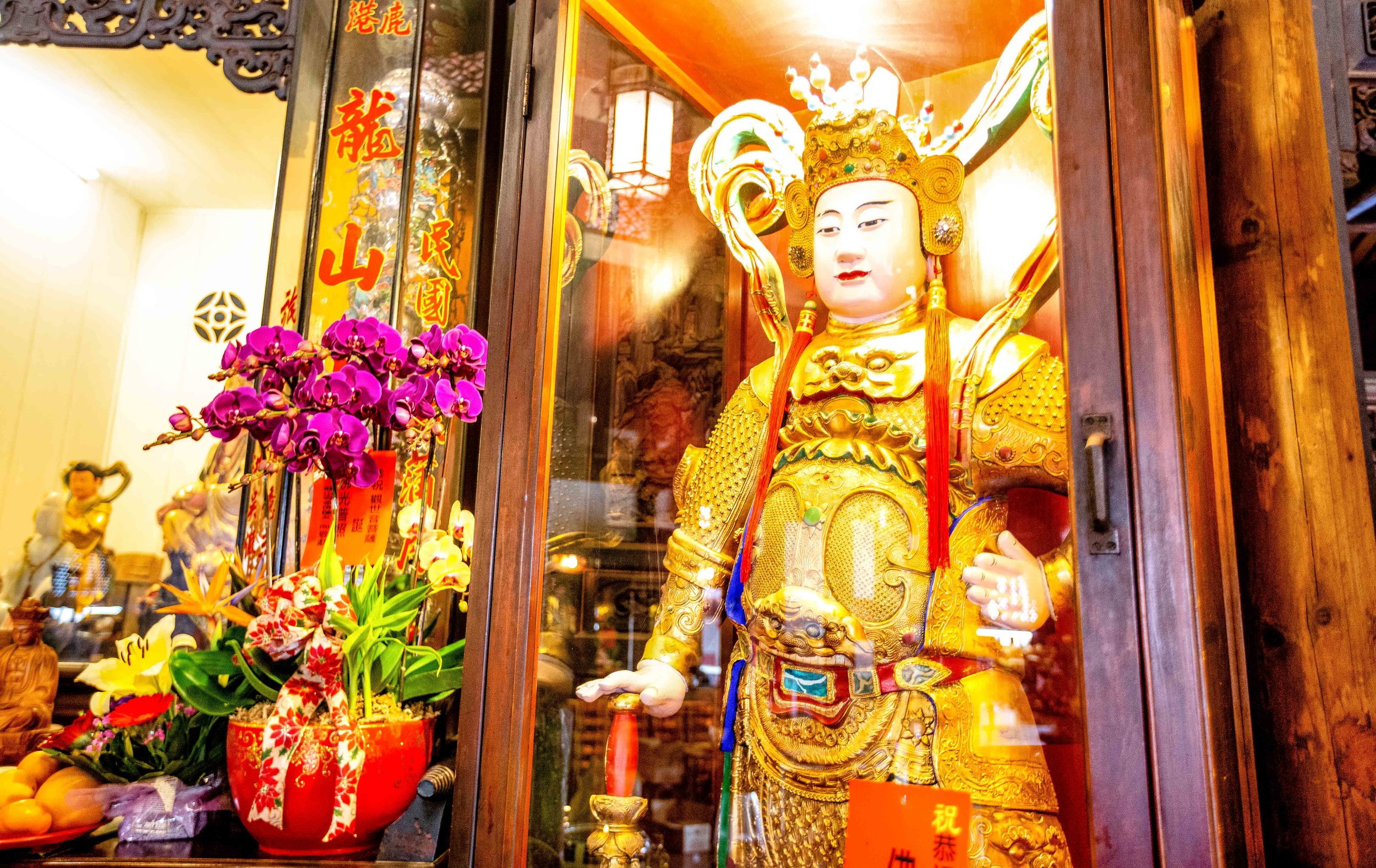While traveling around Iceland’s ‘Diamond Circle’, one of the last major stops before heading back to Reykjavik is the beautiful northern port city of Akureyri - Known as Iceland’s “Northern Capital” the city was a welcome respite after countless hours of driving through northern Iceland.
Coincidentally we happened to be travelling through Iceland at the same time as when the 2018 World Cup was being held and the Icelandic national team had earned a spot for the first time in its history. It was somewhat of a cultural thing for me as I’m from Canada and the whole football / soccer thing never really interested me. I find its to be a far too dramatic sport. The collective attention of the Icelandic people however was focused solely on the World Cup.
We knew that Iceland had a relatively small population, especially compared to what we’re used to living in Taiwan, but when almost half of the country had packed up and left for Russia, the small town of almost 20,000 seemed eerily empty.
Nevertheless Akureyri is a picturesque harbour-side city surrounded by mountains and the ocean and compared to the capital, has a much better system of urban planning, which means getting around is a lot less confusing for tourists.
Our accommodations in town were stunning and included a geothermal jacuzzi which was much appreciated after driving hundreds of kilometres from the rather desolate area where we stayed near Dettifoss.
Another highlight was having access to a nice supermarket where we picked up some fresh juice, Icelandic craft beer, fresh bread and more supplies for the road.
Due to time constraints we hadn’t planned many stops for the last leg of our trip between Akureyri and Reykjavik, so just before arriving in Akureyri we more or less made our final stop along the Diamond Circle at yet another waterfall, but not just any waterfall - The Waterfall of the Gods.
With a name like that, who wouldn’t want to stop and check it out?
Godafoss
Goðafoss as it is known locally just so happens to be one of the most spectacular and well-known waterfalls in Iceland. Even though it is not as large, wide or powerful as all of the others it is certainly one of the most beautiful and that is true for every season.
There’s a reason why the waterfall is known as the “Waterfall of the Gods” but before I get into that I think I should talk about its physical attributes:
Godafoss is a 12 meter high, 30 meter wide set of cascading falls, similar to Canada’s Niagara Falls.
The water flows from the river Skjálfandafljót, one of Iceland’s longest rivers. Originating from the Vatnajökull Glacier, the river also happens to be the water source for several other waterfalls including Hrafnabjargafoss, Aldeyjarfoss, Barnafoss and Ullarfoss.
During the summer the area around the waterfall is lush with green grass which reflects in the colour of the water. In the winter the area is usually covered in snow, the falls may freeze and if you’re lucky you can see the Aurora Borealis in the night sky.
The waterfall is attractive year round and when I visited it was really beautiful.
However I would have loved to have the opportunity to watch the Northern Lights at the same time.
So how does it get its name?
Well, like a lot of things in Iceland, it has to do with a bit of a legend. Whether or not the story is true is up for debate, but in Iceland it is widely accepted as fact as it is chronicled in the Íslendingabók (Book of Icelanders), a 12th Century work that tells the early history of human settlement in Iceland.
The first people to settle in Iceland were Norwegian explorers, more commonly known as the Vikings. When they settled on the island they brought with them their culture and their old Norse religion which consisted of deities like Thor, Odin, Loki, etc.
No, not the superheroes that you’ve seen in the movies.
As Christianity spread throughout Europe, societies that practiced what was considered “pagan” religions were often forcibly converted. The Christianity of a thousand years ago was much different than it is today, no one bothered with slogans like “God is Love” to convert people - The good word was spread primarily by the sword.
By the time the Icelandic Commonwealth was established in 930AD, pressure to make Christianity the official state religion became an issue as Norway threatened to invade if the people of Iceland didn’t conform.
Around the year 1000AD, when the annual meeting of the parliament met at Þingvellir, it was decided that for the good of the people, Christianity would become the state religion with the caveat that pagans could still practice in private.
That decision was placed on the shoulders of an “Ásatrú” priest (or goði) named Thorgeir Ljosvetningagodi Thorkelsson who was said to have spent days meditating and praying to the Old Gods before it was clear what path would be taken. When the decision was made to make Christianity the official state religion Thorkelsson returned home to the north of Iceland where he tossed his idols of the Norse Gods into a beautiful waterfall.
Since then that waterfall has been named Goðafoss.
Photography
Like most other destinations in Iceland there are a few things you’ll want to take into consideration if you’re planning on visiting and taking photos at this waterfall.
Similar to Dettifoss, the last waterfall you’re likely to have seen before this one, there are two different sides to view Godafoss from. In this case however getting to either side doesn’t take an much time - You’ll just have to get in your car, cross a bridge and park at another parking lot to enjoy the view from the other bank.
Unfortunately due to the amount of people that visit, you’ll probably want to find a spot to set up your tripod away from the wooden platform - The problem with the platform is that when people walk it creates a shake which will ruin your long exposure shots.
To solve this problem you can walk a bit further past the waterfall onto the grass bank for a bit more stability. Likewise you could also consider taking the path down to water level.
If you do take the path down to water level though, you’ll be confronted with a whole new set of issues with the amount of spray and mist that will cloud up your lens. In this case you’ll need to bring something to safely wipe down your lens with between shots.
Most of the shots I’m sharing here today were taken on an overcast and somewhat dreary day with a wide-angle lens and an ND filter attached. The shots are a range of long exposures that are anywhere between 2-10 seconds each.
If you don’t have an ND Filter on-hand it is important that you know how to manually control your camera if you’re looking to take photos similar to these. You may be able to get up to around one second exposures if the light is right.
To do this you’ll want to ensure that your ISO is as low as possible. Preferably at ISO 100. You’ll also want to have your exposure set to -1 or -2 so that your shot won’t be blown out.
Take some test shots and play with the settings to find out what’s best and then have fun!
If you visit during the summer and want long exposure shots like the ones here, I highly recommend investing in a Natural Density filter for your lens. However if you visit during the winter when there isn’t much light, you could get away without one.
If you visit in winter you’re going to be in luck because it’s likely that you’ll have the added bonus of the Northern Lights overhead. You won’t need lens filters for taking photos of the waterfall and the Northern Lights, but you’re definitely going to need a tripod, a remote control (or cable shutter release) and a lens capable of f/2.8 apertures.
For a handy introduction on how to shoot the Northern Lights click this link - Northern Lights Photography Settings
Getting There
Godafoss is located in northern Iceland along the Ring Road that circles the country.
Situated along the ‘Diamond Circle’ sightseeing route it is about a 53 kilometre (45 minute) drive from the northern city of Akureyri.
If you’ve first travelled south along the Diamond Circle and made your way north, the waterfall is about a 50km drive west of Lake Mývatn or the town of Húsavík.
In both cases you will drive along Road N.1 which is the highway that circles the country. The waterfall is a simple stop along the road and there will be adequate signage on both sides that notify travellers that you’re approaching the falls.
If you’ve decided that you’re not going to bother renting a car while visiting Iceland, you’re going to have to rely on public transportation or tour groups to get to where you want to go. There are tours out of the capital offered by tour groups like Reykjavik Excursions or Arctic Adventures which offer tourists access to several different destinations. It is important to remember that if you want to book a tour that you should do so well in advance as the seats on the daily tours tend to fill up quickly.
There are public buses that run between Akureyri, Myvatn and Egilsstadir that you may want to consider but you should know in advance that these buses don’t come that often, so you may get stuck waiting around for quite a while which is probably not the wisest way to use your time in Iceland.
Bus Link: SBA-Norðurleid route 62 and 62A.
As one of the highlights of any travellers trip through Northern Iceland, Godafoss is one of those must-visit locations when you’re in the area. The waterfall is beautiful all year long but even though it is one of Iceland’s most popular destinations, it is rarely packed with people. If you visit, make sure to check out both sides of the fall and enjoy the beautiful scenery. Likewise if you are in Iceland during the winter months, try to visit a bit later at night so that you can not only enjoy the waterfall but the beautiful Northern Lights as well.










